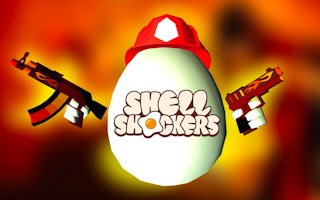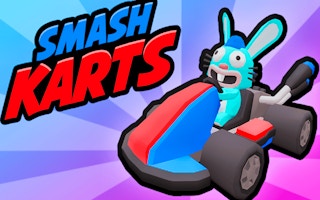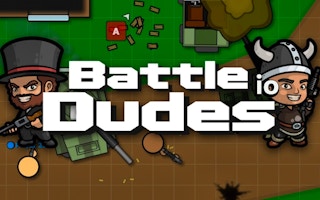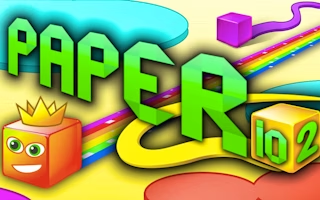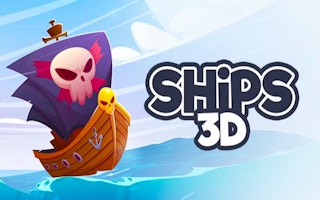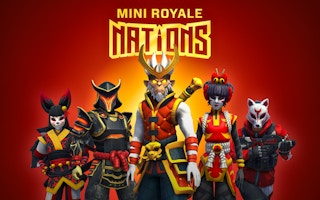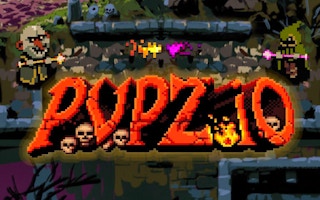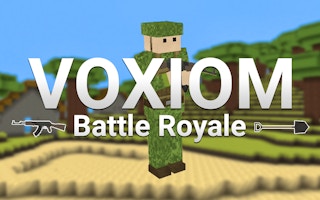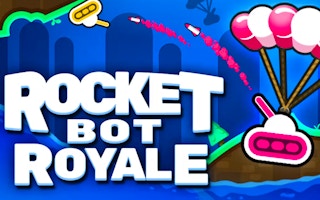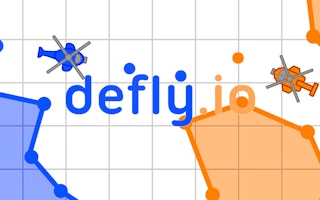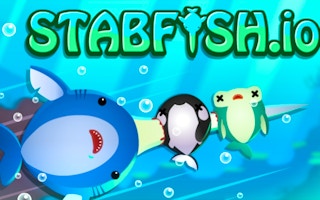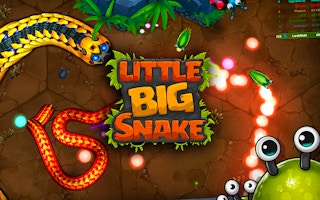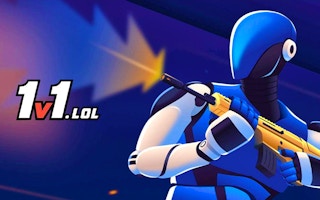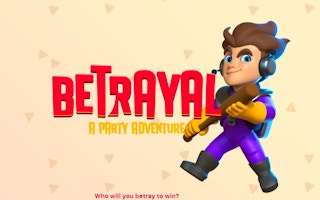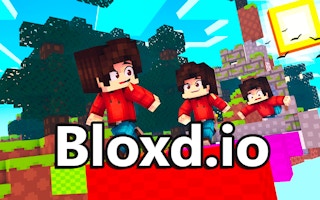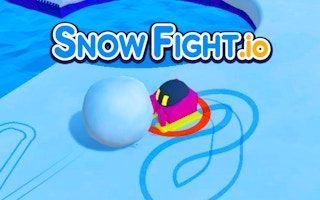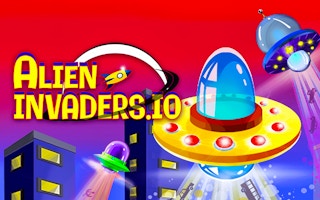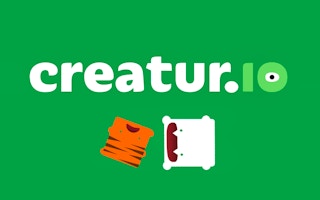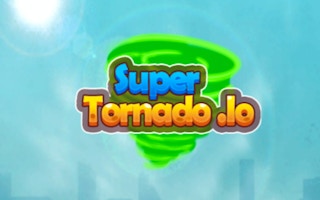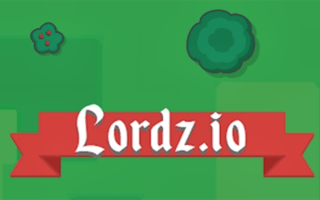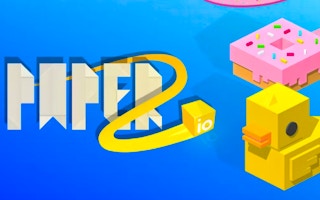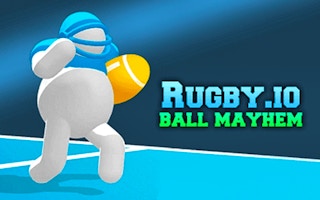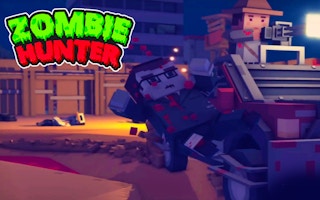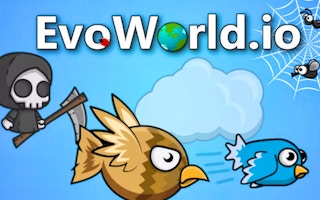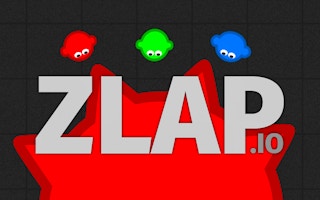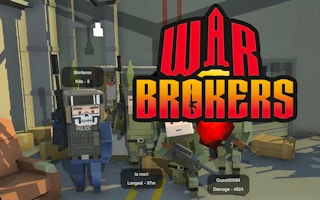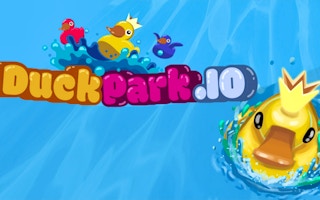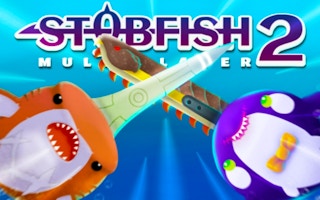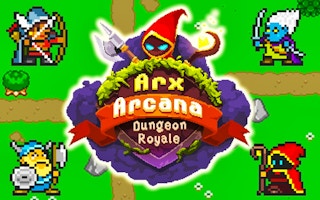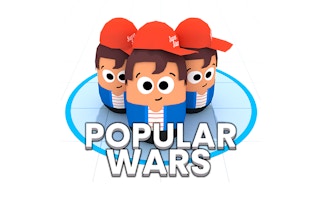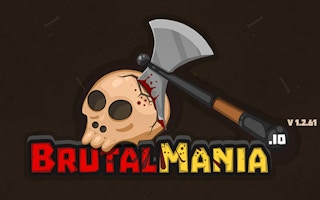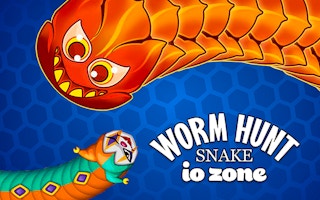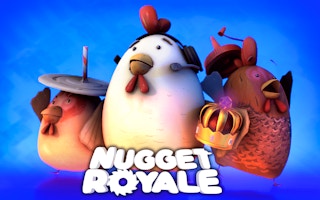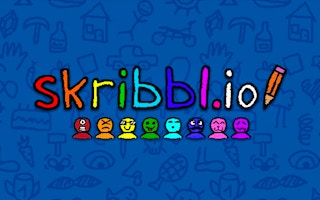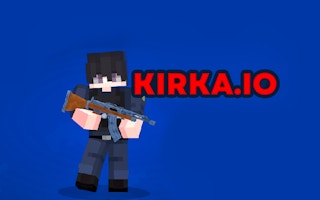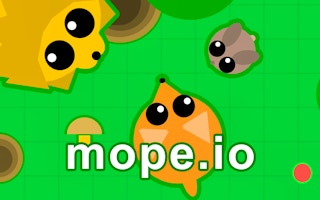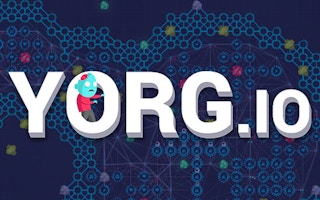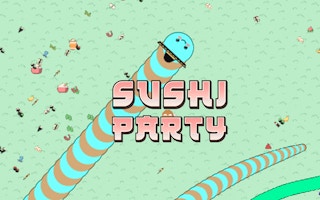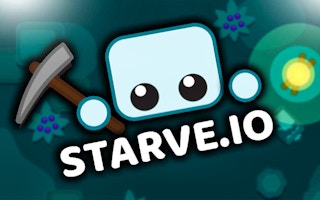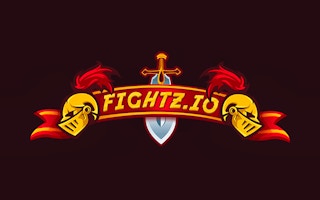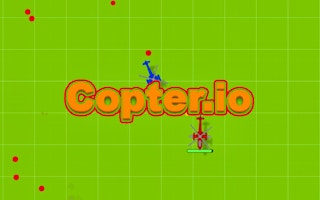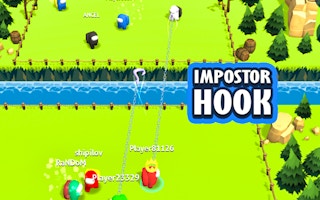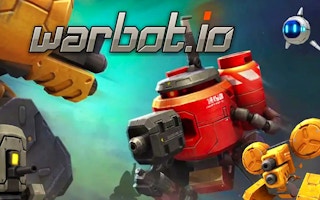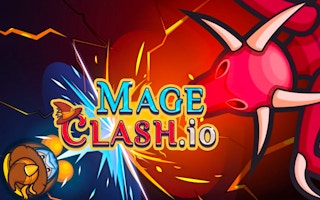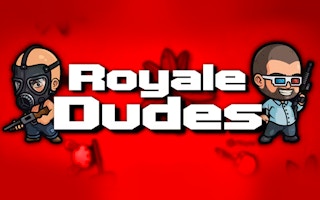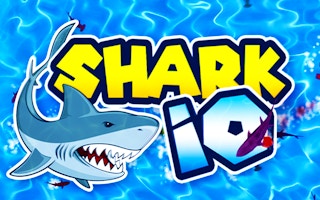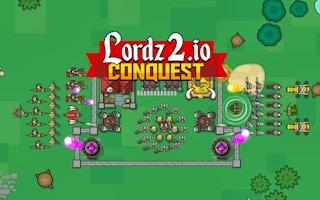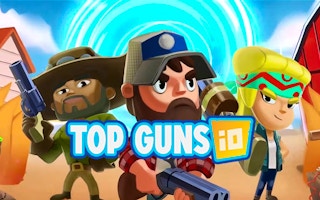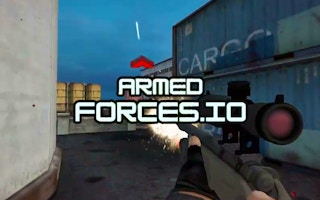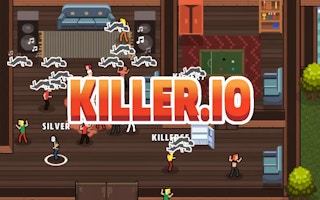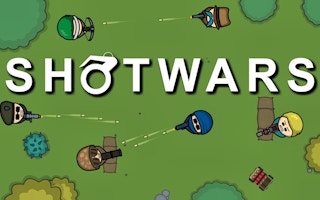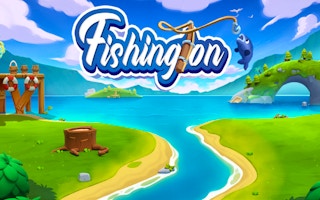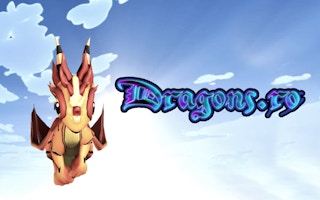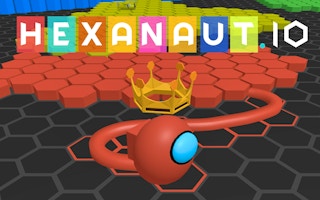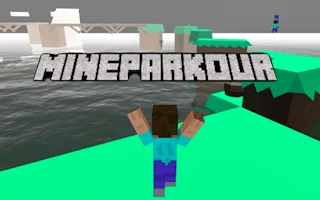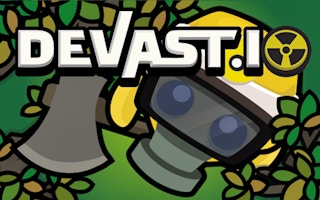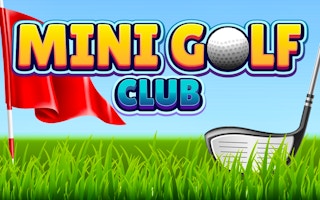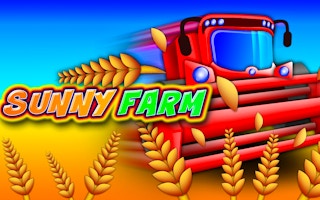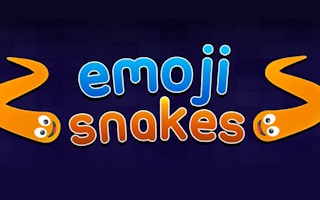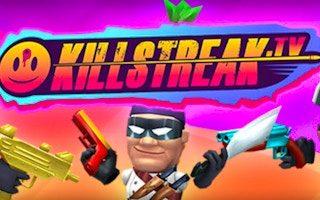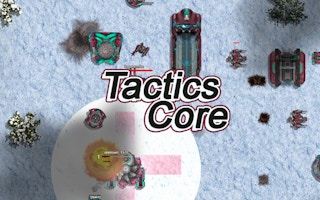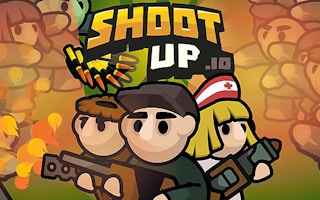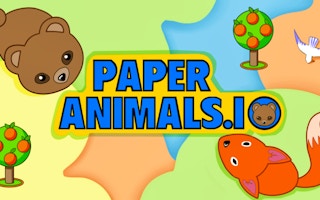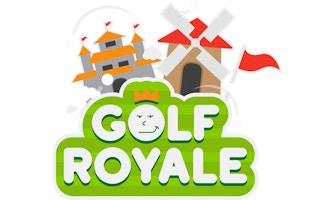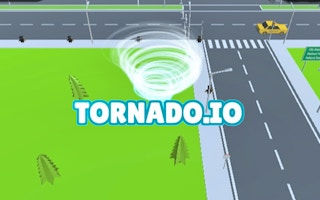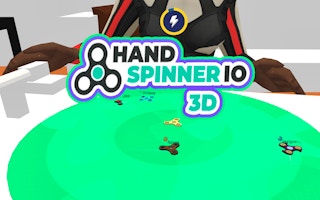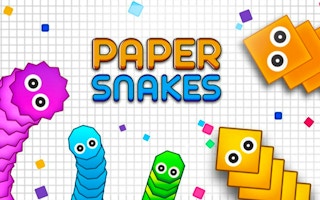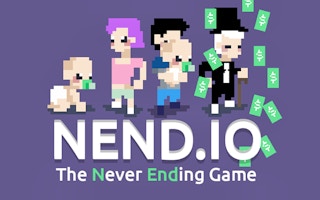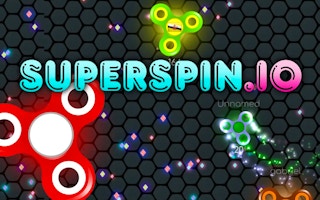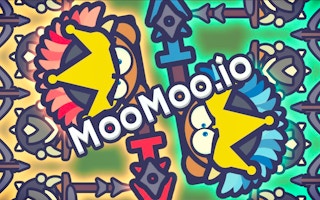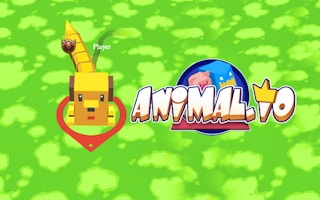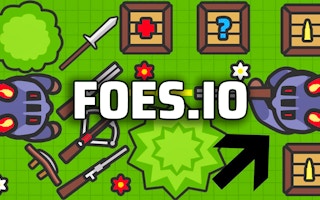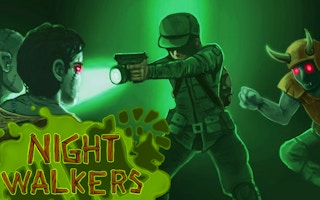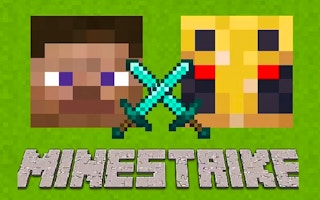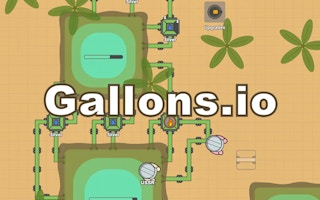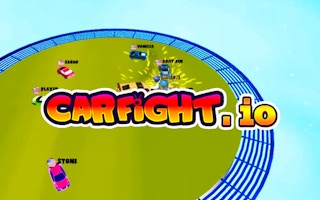Io Games
In the vast, dynamic landscape of the digital world, one genre that has carved out a niche for itself is IO Games. This unique and captivating category of online games has managed to capture the attention of gamers worldwide, offering an engaging platform for real-time, multiplayer interactions. These games are defined by their minimalist, yet engrossing mechanics. They commonly revolve around the concept of growth, a process achieved by consuming resources within the game or, in more thrilling scenarios, by outmaneuvering and absorbing other players in the arena.
These games proudly bear the .io domain, a testament to their origins and a marker of their identity. The .io extension, initially an internet country code top-level domain, has been adopted and transformed by these games into a symbol of a new and innovative gaming category. It's a category where simplicity is celebrated, and the raw excitement of gameplay takes precedence over intricate storylines or complex graphics.
The beauty of IO Games lies in their accessibility and inclusive design. Their straightforward mechanics and intuitive interfaces cater to gamers of all experience levels, inviting both novices and veterans alike into their immersive worlds. There is no need for extensive tutorials or a deep understanding of game lore - IO games embody the 'pick-up-and-play' philosophy, allowing players to dive straight into the action. With a stable internet connection and a competitive spirit, anyone can embark on an exciting gaming adventure, fostering a sense of camaraderie and competition with fellow players from all corners of the globe.
History and Evolution of IO Games
Marking their debut in 2015, IO games turned a new page in the history of online gaming with the revolutionary launch of Agar.io. The captivating concept of this game, which involved controlling a cell in a petri dish-like environment, and the relentless pursuit of growth by consuming others, immediately resonated with players. This innovative approach, coupled with the sheer excitement of competing for survival in a real-time multiplayer environment, created a sensation in the online gaming community.
The success of Agar.io ignited a surge in the development and popularity of IO games. It triggered a wave of creative exploration among developers, resulting in a plethora of new games, each with their unique themes and gameplay mechanics. The simple yet addictive game of territorial control introduced in Slither.io, and the adrenaline-pumping shooter dynamics of Diep.io, are prime examples of the genre's diversification and evolution.
The guiding design philosophy behind IO games has always been to place the spotlight on playability. While many game genres invest heavily in sophisticated graphics and intricate storylines, IO games have chosen a different path. They focus on providing a smooth, engaging gaming experience that's accessible to all. This approach has resulted in games that are lightweight and uncomplicated, ensuring a broad appeal to gamers worldwide. As a result, IO games have continually evolved and expanded, providing endless enjoyment and attracting a diverse and growing audience.
Hall of Fame
The rich tapestry of IO games is woven with a multitude of notable titles, each adding its unique hue to the canvas. At the heart of this vibrant pantheon stands Agar.io, the pioneering game that gave birth to the entire genre. From the moment of its inception, Agar.io's ingenious concept of cellular growth through consumption struck a chord with players worldwide, ensuring its enduring popularity.
Following the groundbreaking success of Agar.io, other games like Slither.io and Diep.io carved out their respective niches in the genre. Slither.io captivated players with its intense territorial gameplay, adding a layer of strategy to the adrenaline-fueled competition. Diep.io, on the other hand, brought the thrills of shooting games to the IO landscape, blending fast-paced action with the genre's inherent simplicity and accessibility.
The world of IO games continues to evolve, enriched by the entrance of innovative new games. Titles such as Mope.io, ZombsRoyale.io and Smash Karts represent the genre's latest advancements, pushing the boundaries of what's possible within the IO framework. Mope.io brings elements of the animal kingdom into the gameplay, while ZombsRoyale.io incorporates battle royale mechanics, demonstrating the adaptability and enduring appeal of the genre. With each new game, the landscape of IO games is not just expanding but also constantly reinventing itself, making the future of this category an exciting prospect for gamers worldwide.
Why People Love IO Games
There's a compelling charm to IO games that captivates players globally, and it's rooted in their enticing blend of simplicity and depth. On the surface, these games are straightforward to pick up and play, but beneath their minimalist design lies a labyrinth of complex strategies and rapid decision-making. This intricate dance between simplicity and complexity forms the backbone of their addictive gameplay and is a significant reason why players love IO games.
One of the defining elements of IO games is their real-time competition. Nothing beats the adrenaline rush of competing against live opponents, all vying for supremacy in the same arena. This real-time element instills each match with a unique thrill, fueling the players' desire for victory and the satisfaction of their growth within the game. The unpredictable nature of these matches - where a player can go from predator to prey in a heartbeat - adds an additional layer of excitement, ensuring that no two games are ever the same.
Moreover, IO games demand more than just reflexes. They call upon players to engage their strategic thinking, constantly evaluating the ever-changing landscape of the game and making split-second decisions that could mean the difference between triumph and defeat. This mental stimulation enhances the appeal of IO games, providing a satisfying challenge for those looking to test their strategic acumen.
A final key factor in the popularity of IO games is their thriving online communities. These vibrant communities offer a social dimension to the games, transforming a solitary activity into a communal experience. The shared passion for the games, the camaraderie among players, and the collective celebration of victories make the experience more personal and engaging. These communities foster a sense of belonging, further deepening players' love for IO games.
Innovations and Advancements in IO Games
In the dynamic world of online gaming, the genre of IO Games has showcased significant innovation and progression over the years. Committed to exploring new horizons and pushing boundaries, developers have infused an array of creative concepts and elements into these games, resulting in a steady evolution of the genre.
At the forefront of this innovation are the versatile game mechanics that developers have introduced. The basic concept of growth through consumption has expanded to accommodate a wide range of gameplay dynamics. This includes the thrilling unpredictability of battle royale elements, the strategic depth of team-based competition, and the rewarding progression systems typical of RPGs (Role-Playing Games). These varied mechanics offer a rich tapestry of experiences within the simple framework of IO games, presenting players with an ever-evolving set of challenges.
Furthermore, the genre has seen an evolution in its thematic presentation and graphic styles. Departing from the initial simplicity of circular cells or snakes, newer IO games feature more detailed character designs, diverse environments, and even 3D graphics. This visual evolution enhances the immersive quality of the games, while still maintaining their easy-to-play nature.
These innovations signify the adaptability and expansive potential of IO games. They demonstrate that the genre can continually redefine itself, offering fresh and exciting experiences to players. These advancements are not just enhancing the genre but also reaffirming its position as a cornerstone of online gaming, proving that IO games will continue to surprise and engage players for years to come.
Did You Know?
The ubiquitous .io domain that is now synonymous with a thriving genre of online multiplayer games has a rather intriguing origin. This domain, in its inception, was actually a country code top-level domain (ccTLD) designated for the British Indian Ocean Territory - a remote region halfway between Tanzania and Indonesia. Certainly, the leap from representing an overseas territory to becoming the poster child for an entire category of online games is a fascinating transition!
But what inspired this choice of domain for these games? Well, the reasons were both practical and symbolic. Practically, the domain was appealing due to its brevity, lending itself well to simple, memorable URLs. Symbolically, the resemblance of '.io' to '1.0' was seen as a nod to the concept of a 'new beginning', resonating with the fresh, innovative gameplay mechanics that IO games introduced. In this way, the .io domain became more than just a web address - it turned into a powerful symbol of the creative spirit and continual reinvention that defines the IO games genre.
Start Playing IO Games
There's never been a better time to dive into the exhilarating world of IO Games. Whether you're a seasoned gamer or a newcomer, these games offer a refreshing balance of simple mechanics, strategic gameplay, and real-time competition that keeps players coming back for more. So, are you ready to embark on a new gaming adventure?
Here are five top IO games that will provide an excellent starting point. Each game represents a different facet of the genre, offering a unique experience to help you discover the excitement that IO Games hold:
Join the worldwide community of IO games players today and discover the thrill and satisfaction these games can bring. Happy gaming!
FAQ
- Q: What does the .io in IO Games stand for?
A: The .io is actually the domain for the British Indian Ocean Territory. It was chosen for its brevity and resemblance to '1.0'. - Q: Are IO Games multiplayer?
A: Yes, IO Games are typically multiplayer, allowing you to compete in real-time with players from around the globe. - Q: Can I play IO Games on any device?
A: Yes, IO Games are generally developed to be lightweight and accessible, allowing them to be played on a variety of devices, including desktop computers, laptops, tablets, and smartphones.


